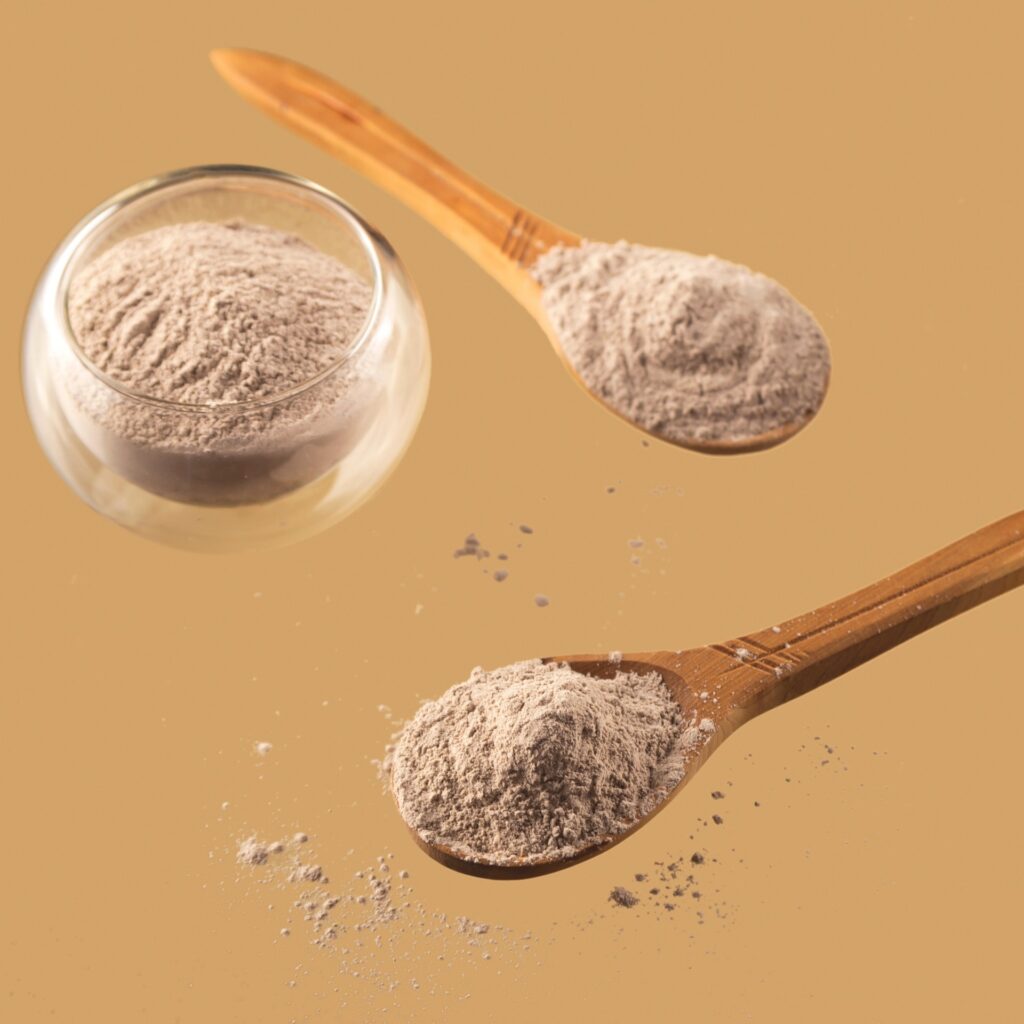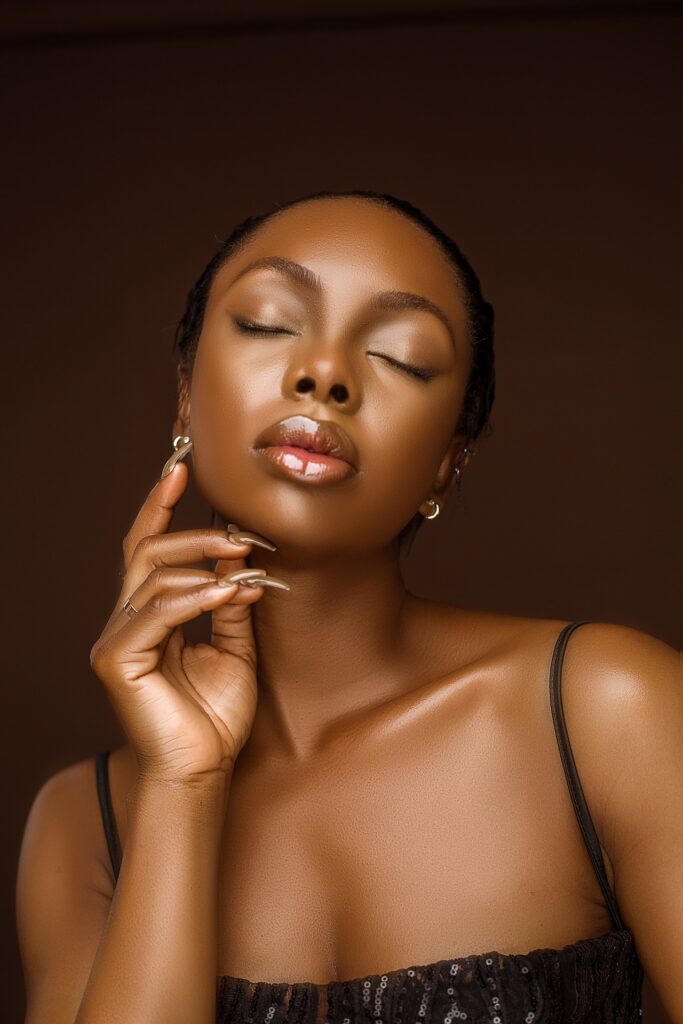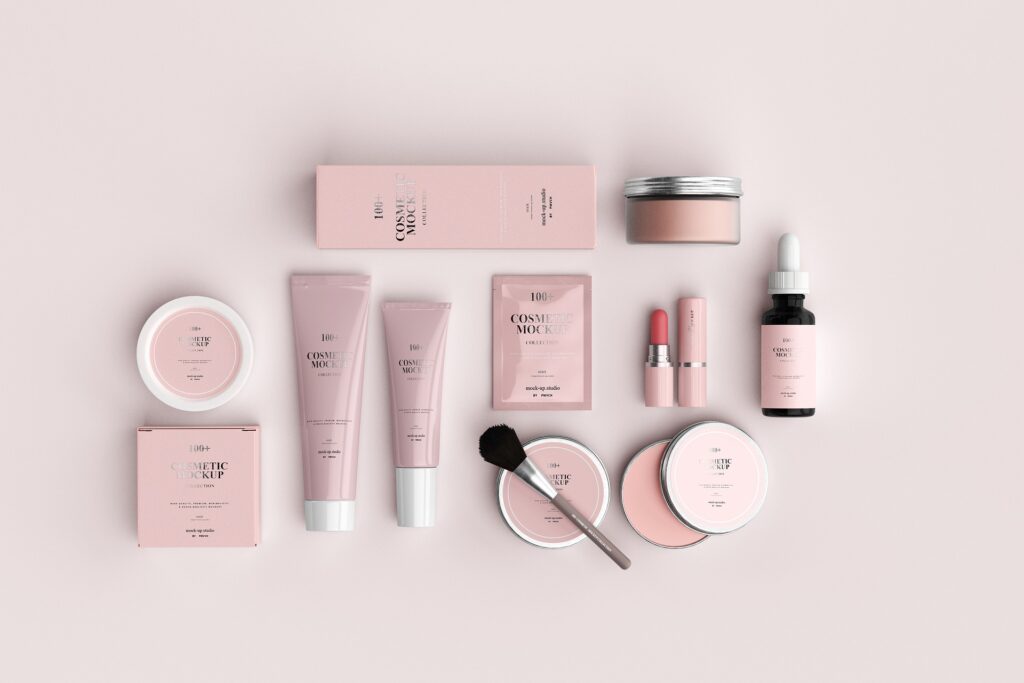Yes, surely. You can apply moisturizer after a toner. The main toner ingredients are water, humectants, exfoliants, antioxidants, anti-inflammatories, preservers, and fragrances. These ingredients help to remove any remaining dirt, oil, or makeup after cleansing. They can also help balance your skin’s pH level, making it more receptive to the benefits of moisturizer.

Why you should apply Moisturizer after Toner:
- Toners typically have a thinner consistency than moisturizers. This empowers them to reach deeper layers of the skin.
- Moisturizers are designed to lock in hydration. You are applying them after the toner helps to seal in the moisture that the toner has provided, leaving your skin feeling soft and supple.
What is the Toner in Skin Care Routine and its Purpose:
Toner is a liquid skincare product applied after cleansing and before other treatments like serums and moisturizers.
Toners play a crucial role in maintaining healthy skin by balancing its pH, removing excess oil and impurities, hydrating and soothing, exfoliating dead skin cells, and preparing the skin for further treatments, thus enhancing the overall effectiveness of your skincare routine.

Types of Toners for Skin Care
With so many different types of toners available, choosing the right one can take time and effort. Here’s a breakdown of the most common types of toners and their functions:
1. Hydrating Toners:
Best for: Dry, dehydrated, or sensitive skin.
Functions: Replenish moisture, soothe irritation, and leave skin feeling refreshed and supple.
Key ingredients: Hyaluronic acid, glycerin, aloe vera, rose water, chamomile extract.
2. Exfoliating Toners:
Best for: Oily, acne-prone, or congested skin.
Functions: Remove dead skin cells, unclog pores, and help prevent breakouts.
Key ingredients: AHAs (glycolic acid, lactic acid), BHAs (salicylic acid), witch hazel.
3. Balancing Toners:
Best for: Combination or oily skin.
Functions: Control oil production, tighten pores, and mattify the skin.
Key ingredients: Niacinamide, witch hazel, tea tree oil, green tea extract.
4. Brightening Toners:
Best for: Dull, uneven skin tone or hyperpigmentation.
Functions: Fade dark spots, brighten the complexion, and promote a more radiant appearance.
Key ingredients: Vitamin C, arbutin, licorice root extract.
5. Soothing Toners:
Best for: Sensitive, irritated, or inflamed skin.
Functions: Calm redness, reduce inflammation, and provide a soothing sensation.
Key ingredients: Centella, Asiatica, aloe vera, chamomile extract, calendula extract.
Choosing the right toner for your skin type and concerns:
Selecting the perfect toner can be overwhelming with the vast array of options. Here’s a guide to help you navigate this process:
Step 1: Identify your skin type:
Normal: Characterized by balanced oil production, no visible pores, and a healthy glow.
Dry: Prone to flakiness, tightness, and sensitivity.
Oily: Tends to be shiny, with visible pores and frequent breakouts.
Combination: Shows the characteristics of oily and dry skin in different areas.
Sensitive: Easily irritated by harsh ingredients, prone to redness and itching.
Step 2: Determine your skin concerns:
Acne: Look for toners with salicylic acid, glycolic acid, or benzoyl peroxide to combat breakouts.
Dryness: Opt for hydrating toners with hyaluronic acid, glycerin, or aloe vera to replenish moisture.
Redness and sensitivity: Choose calming toners with witch hazel, green tea extract, or Centella Asiatica.
Uneven skin tone: Toners with vitamin C or niacinamide can help brighten and even out your complexion.
Anti-aging: Look for toners with retinol, peptides, or antioxidants to combat fine lines and wrinkles.
Step 3: Choose the right formula:
Hydrating toners: These toners provide instant hydration, soothe irritation, and are best for dry or sensitive skin.
Exfoliating toners: Ideal for oily or acne-prone skin, these products provide gentle exfoliation, removing dead skin cells and unclogging pores to help prevent breakouts.
Balancing toners: Suitable for combination skin, they regulate oil production and restore balance.
Soothing toners: Perfect for sensitive skin, they calm redness and irritation.
Here are some additional tips:
- Before applying a new toner to your entire face, test it on a small area of your skin to ensure no adverse reactions.
- Start with a mild toner and slowly increase the strength as your skin gets used to it.
- Avoid harsh ingredients like alcohol or fragrance, which can irritate the skin.
- Layer your toner after cleansing and before applying serum or moisturizer.

What are the benefits of using a toner in a skincare routine?
There are many different types of toners available, each with its benefits. Some toners are designed to be hydrating, while others are designed to be exfoliating. Some toners are also alcohol-free, which can be beneficial for people with sensitive skin.
The benefits of using a toner in a skincare routine include:
Removing any remaining dirt, oil, and makeup
Balancing the skin’s pH level
Getting your skin ready for other products to be put on
Hydrating the skin
Exfoliating the skin
Reducing the appearance of pores
The Right Order for Your Skincare Routine
Optimizing your skin’s health and appearance requires a well-structured skincare routine. However, to achieve the best results, you need to apply products in the correct order. Here’s a guide to help you determine the correct order for your skincare routine:
1. Start with Clean Skin:
Begin by cleansing your face with a mild soap. This will help in eliminating dirt, oil, and other impurities . This helps the other things you put on your skin work better.
2. Apply Water-Based Products First:
Toners, essences, and serums are typically water-based and should be applied after cleansing. These water-based products often contain active ingredients that work best on clean, damp skin.
3. Layer by Consistency:
Apply products from thinnest to thickest consistency. This allows lighter products to absorb fully before heavier ones are applied, preventing them from creating a barrier that hinders absorption.
4. Consider Product Types:
Treatments: Apply treatments like acne medication or vitamin C serum after water-based products but before moisturizer.
Moisturizer: Apply moisturizer after all other products to seal in hydration and protect the skin.
Sunscreen: Put on sunscreen last, after everything else in the morning. Do this every day, no matter what other stuff you put on your face.
5. Individual Product Instructions:
Always refer to the instructions on individual product labels, as some may have specific application recommendations.
6. Experiment and Observe:
Your skin may react differently to different product orders. Experiment with the order and observe how your skin responds.
7. Adjust as Needed:
As your skin’s needs change or you introduce new products, adjust your routine accordingly.
Example Order:
- Cleanser
- Toner
- Essence
- Serum
- Treatment (if applicable)
- Moisturizer
- Sunscreen (morning only)
What is a moisturizer, and why is it essential for a skincare routine?
Moisturizer is a cream, lotion, or gel that helps to hydrate and protect the skin. It traps water in the skin’s outer layer, preventing dryness and irritation.
Here’s why moisturizer is essential for a healthy skincare routine:
Hydration: Moisturizer helps to replenish the skin’s moisture barrier, which is crucial for maintaining its elasticity and preventing dryness.
Protection: It creates a protective barrier against environmental aggressors like pollution and harsh weather.
Improved appearance: Moisturizer can help reduce fine lines, wrinkles, and uneven skin tone.
Overall health: A healthy, hydrated skin is less prone to irritation, inflammation, and other skin problems.
Why Moisturizer After Toner?
Applying moisturizer after toner is recommended for several reasons:
1. Hydration Boost: Toners often contain hyaluronic acid or glycerin that attract and hold moisture. Applying moisturizer after toner helps seal in this hydration, preventing it from evaporating and leaving your skin feeling dry.
2. Improved Absorption: Toners help balance the skin’s natural state and remove any leftover stuff that can block moisturizer from working its best. This lets the moisturizer go deeper into the skin, making it work even better.
3. Targeted Treatment: Some toners are formulated with specific ingredients to address skin concerns, such as acne or dryness. Applying moisturizer after allows these ingredients to work more effectively.
4. Layering Benefits: Toners are typically lightweight and watery, while moisturizers are thicker and creamier. Applying them in this order allows for better layering and ensures each product can do its job effectively.
5. Overall Skin Health: By keeping your skin properly hydrated, you can help to maintain its overall health and appearance. This can lead to a more youthful, fresh, and radiant complexion.
Here’s a helpful analogy:
Think of your skin as a sponge. The toner is like a pre-wash, preparing the sponge to absorb more water. The moisturizer is like water, providing the hydration the sponge needs.
However, it’s important to note that only some people need to apply moisturizer after toner. If your skin is naturally oily or you use a very hydrating toner, you may find that your skin feels sufficiently moisturized without an additional layer.
Ultimately, the best way to determine if you need to apply moisturizer after toner is to experiment and see how your skin reacts. Applying moisturizer is likely beneficial if your skin feels tight or dry after using toner.
How long should you wait to use moisturizer after a toner?
It would help to wait 2-3 minutes after applying toner before using moisturizer. This will give the toner time to absorb into your skin and do its job. Moisturizer can then be applied to help lock in the hydration from the toner.
How to apply Toner and Moisturizer for Maximum Effectiveness
Here are some tips on how to properly apply toner and moisturizer for maximum effectiveness:
Toner:
Cleanse your face first. Use a mild face wash to remove makeup, dirt, and oil gently. Then, gently wipe your face dry with a tissue or clean towel.
Apply toner with a cotton pad. Put a little toner on a cotton pad. Then, gently move the pad across your face, neck, and chest. Be careful not to get any toner in your eyes.
Let the toner dry completely. This will allow the toner to absorb into your skin before applying moisturizer.
Use toner twice a day, morning and night.
Moisturizer:
Put on moisturizer right after you wash your face while your skin is still wet. This helps lock in the water and keep your skin from getting dry.
Take a small amount of moisturizer, about the size of a pea. Then, gently apply it to your forehead, cheeks, nose, and chin.
Rub the moisturizer on your skin in circles. This will help spread it evenly.
Apply moisturizer twice a day, morning and night.
Common Mistakes to You Need to Avoid When Using Toner and Moisturizer:
Toner:
Overusing Toner: Using toner too much can take away your skin’s natural oils, making it dry and irritated.
Using harsh toners: Don’t use toners with alcohol or other strong stuff that can make your skin red and sore. Choose toners that don’t have alcohol and are gentle on your skin.
Applying toner to dry skin: Always apply toner to clean, damp skin. This will help it absorb better and prevent further dryness.
Skipping moisturizer after Toner: Toner can slightly dry, so following it up with a moisturizer to keep your skin hydrated is essential.
Moisturizer:
Using the wrong moisturizer: Pick a moisturizer that’s right for your skin type. If your skin is oily, go for a light moisturizer that doesn’t have oil in it.
Applying too much moisturizer: A little goes a long way. Applying too much moisturizer can clog your pores and lead to breakouts.
Not applying moisturizer regularly: Even if you have oily skin, you still need to use a moisturizer daily. It will help to keep your skin hydrated and protected.
Forgetting to moisturize your neck and chest: These areas are often neglected, but they need to be moisturized like your face.
Do not use sunscreen with your moisturizer: Sunscreen protects your skin from the sun’s harmful rays. Find a moisturizer with SPF rating 30 or higher, or apply sunscreen separately.
In conclusion, whether you can apply moisturizer after toner depends on personal preference and skincare needs. Some experts suggest applying moisturizer immediately after toner to ensure hydration and nourishment. Some people think that letting the toner soak into your skin before you put on moisturizer makes the moisturizer work better.
It is essential to listen to your skin and observe how it reacts to different skincare routines. Experimentation and finding what works best for you is vital. It’s important to pick products that work well together and are good for your skin type. By understanding the purpose of each product and considering your skin’s unique needs, you can create a skincare routine that optimizes the benefits of toner and moisturizer, resulting in healthy, radiant skin.
As a dermatologist, I share my experiences on this website to not only treat skin conditions, but also educate my patients on proper skin care routines and preventative measures. Whether you’re dealing with acne, aging concerns, skin cancer, or any other dermatological issue, my goal is to empower you with the knowledge and tools to achieve and maintain optimal skin health.